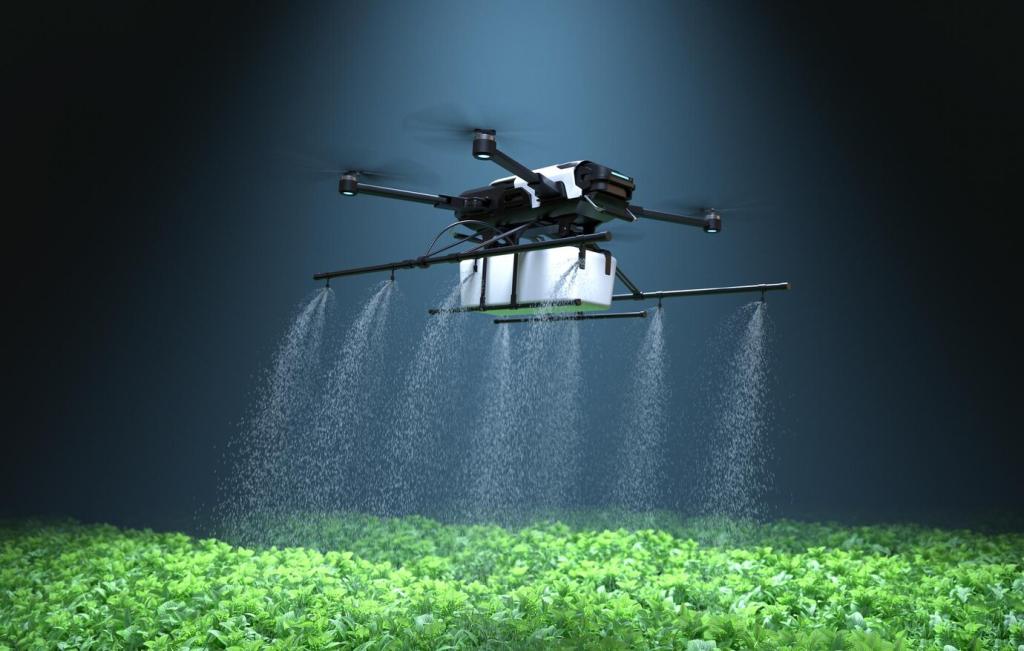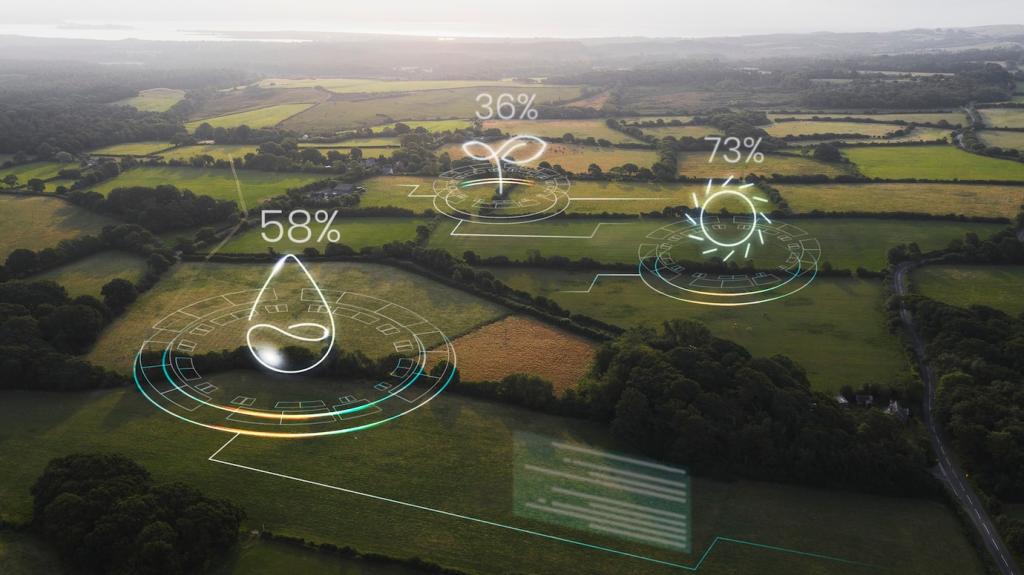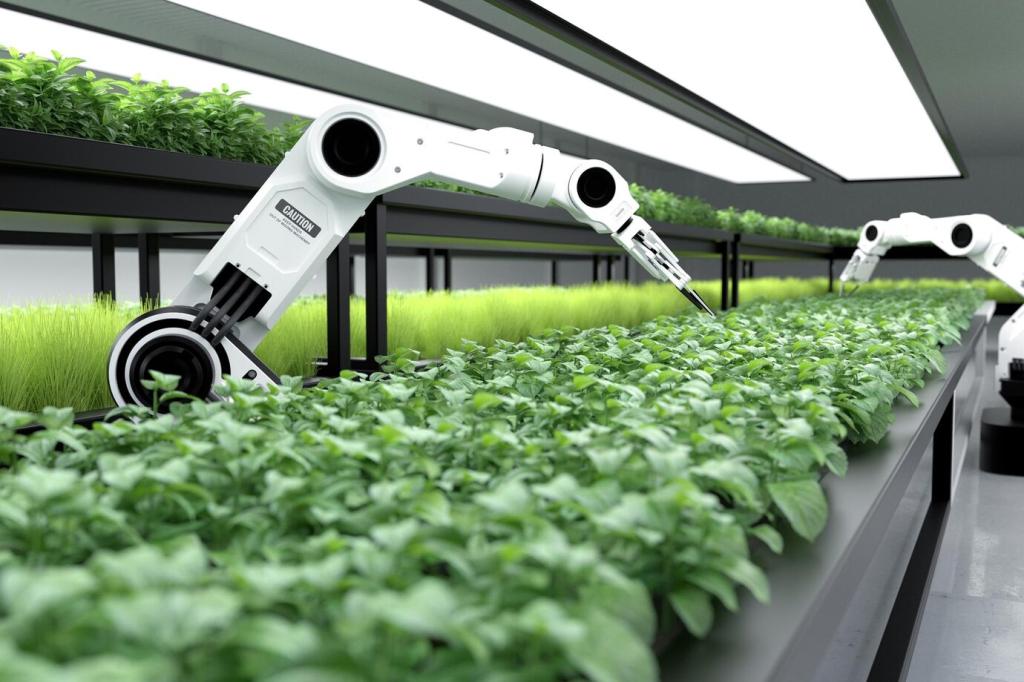
Enhancing Urban Yields with Advanced Technologies
Urban agriculture has evolved dramatically in recent years, spurred by technological innovations that are redefining how cities produce food. With swelling populations and growing demand for fresh, local produce, cities around the world face mounting pressure to boost crop yields and resource efficiency. Advanced technologies are bridging the gap, making urban farming more productive, resilient, and sustainable. By integrating cutting-edge tools with traditional growing methods, urban centers are not only transforming their food landscapes but are also contributing to healthier communities and more environmentally-friendly environments.

Previous slide
Next slide

Impact of LED Grow Lighting
The advent of energy-efficient LED grow lighting has made vertical farming feasible by providing plants with optimal light spectra tailored to each growth stage. These lights can be easily adjusted in terms of intensity, timing, and wavelength, maximizing photosynthesis while minimizing electricity consumption. In a controlled indoor environment, artificial lighting frees urban farms from dependence on natural sunlight, which can be inconsistent or limited by city structures. As a result, farmers can produce crops year-round, achieving multiple harvests from the same footprint and dramatically increasing output per square meter.

Hydroponics and Aquaponics Integration
Hydroponics and aquaponics are soil-less growing techniques that use nutrient-rich water solutions to support plant growth. In hydroponics, minerals are dissolved directly into water, while aquaponics combines plant cultivation with fish farming—fish waste provides nutrients for the plants, and plants help clean the water for the fish. These systems are exceptionally well-suited for urban spaces because they minimize land use and require significantly less water than traditional farming. When optimized with sensors and automation technologies, hydroponic and aquaponic systems can deliver consistently high yields with minimal environmental impact, offering a sustainable solution for urban food production.
Data Analytics and Artificial Intelligence
Predictive crop management uses AI algorithms to anticipate plant needs, pest outbreaks, and yield fluctuations based on historical and real-time data. By analyzing patterns from previous seasons, weather forecasts, and sensor networks, these tools can alert urban farmers to the best times for planting, irrigating, or harvesting. Early warning systems powered by AI help prevent losses due to disease or adverse conditions, ensuring higher and more consistent yields. Over time, this proactive management leads to more resilient urban farms that can adapt to changing conditions without sacrificing productivity.
Previous
Next
